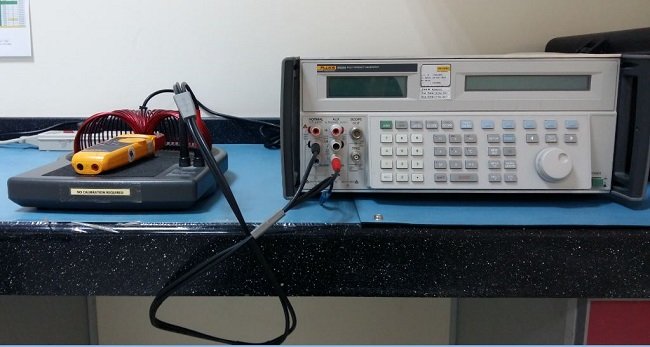A Dry-Block Calibrator is an essential tool for anyone working in a laboratory. But what is it, and how do you use it? This article will cover everything you need to know about Dry-Block Calibrators. We’ll explain what they are, how they work, and the various ways you can use them. Plus, we’ll give you some handy tips on how to get the most out of your calibrator.
What Is A Dry-Block Calibrator?
A Dry-Block Calibrator is a precision instrument that is used to calibrate thermometers. Unlike a thermocouple calibrator, a Dry-Block Calibrator does not require any liquid. It gets its name because it uses a block of metal (usually aluminum) that is heated to a specific temperature. The thermometer being calibrated is then compared to the temperature on the Dry-Block Calibrator to determine its accuracy.

Advantages of Using A Dry-Block Calibrator
A Dry-Block Calibrator is a precision instrument that is used to calibrate thermocouples. It’s a lightweight, compact and portable device that is easy to use and maintain. Plus, it offers several advantages over other calibration methods. It is very accurate and can achieve a resolution down to 0.1°C. It is also very stable, meaning that its readings remain consistent over time.
Additionally, it doesn’t require any consumables, such as liquids or gases, making it a more cost-effective option. Lastly, it is very reliable and has a long lifespan. When using a Dry-Block Calibrator, you must first verify that the thermometer is accurate at room temperature. You can then use the calibrator to measure the thermometer’s accuracy at different temperatures. If you’re looking for an accurate and dependable way to calibrate your thermocouples, then a Dry-Block Calibrator is the perfect solution!
How to Use A Dry-Block Calibrator
A Dry-Block Calibrator is an important tool for ensuring accurate thermal measurements. Here’s how to use it:
• Place the calibrator on a stable surface.
• Turn off any fans or heaters in the area.
• Plug in the calibrator and wait until it reaches the desired temperature.
• Immerse the probe in the calibrator until it’s fully submerged.
• Gently remove the probe and wait for the reading to stabilize.
• Record the temperature reading and verify that it’s within the acceptable tolerance range.
Tips for using a Dry-Block Calibrator
Here are a few tips to make sure you’re using your Dry-Block Calibrator correctly:
1. Make sure the block is at room temperature before you start.
2. Use a gentle brush or your fingertips to apply a thin, even layer of paste to the block.
3. Wait until the paste is completely dry before measuring.
4. If you need to recalibrate, use a new block for each measurement.
5. Store the block in a safe place when it’s not in use.
Conclusion:
A Dry-Block Calibrator is an important tool for any science lab. By following the steps in this guide, you can learn how to use a Dry-Block Calibrator to its full potential and get accurate results every time.




